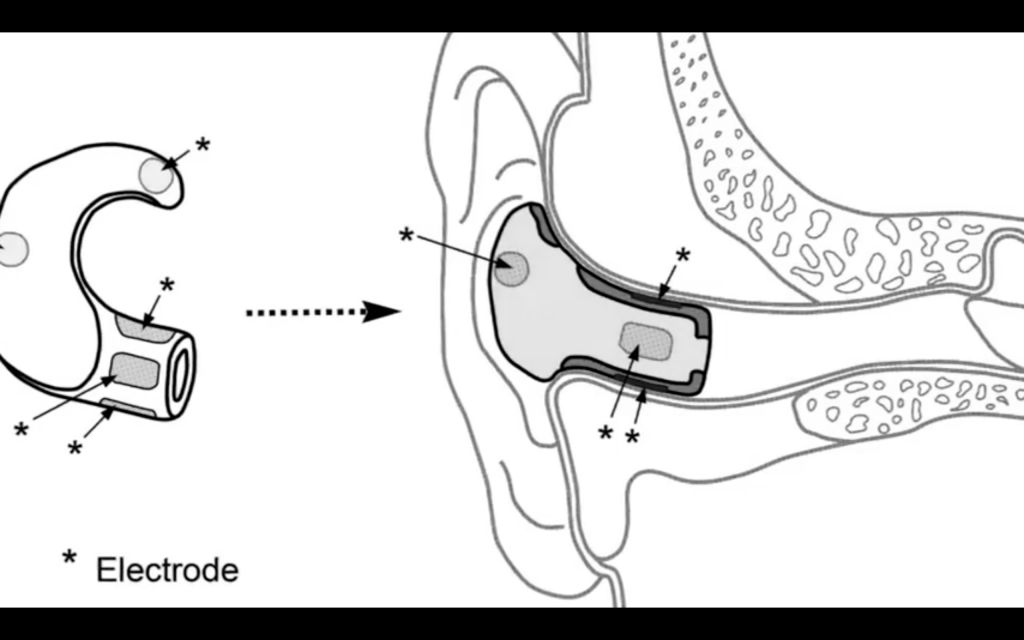A team of engineering students from Kochi and Bangalore have just won the Innovation Jockeys 5 award for the empowerment of women for their NeuroBuds – in-ear devices that measure the neurological signals for panic to send out a distress signal on behalf of a victim.

The competition was run by Accenture (NYSE:ACN), the world’s largest consulting firm, and invited university students from all across India to pitch their innovative ideas for the awards. In a direct quote from the contest’s website, Innovation Jockey asserts:
‘We are not just looking for innovations.
We are looking for students who want to change their world.’
The idea for NeuroBuds was first conceived in 2015 when students George Mathew, Nitin Vasanth, Athul B Raj and Fausya Amalh were working a brain mapping platform. A friend of theirs was almost victim to a sexual assault. Being in such a precarious position, she didn’t have time to reach for her phone, and if she had, it may still have aggravated the situation further. With their expertise, the students realised they may be able to find a solution that eliminated a person’s necessity to interact with a given object to set off an alarm.

They worked on the project for a year, and managed to create a working prototype of the NeuroBuds using 3D printing. George Matthew, 2016 graduate of the Atria Institute of Technology commented on the NeuroDuds structure:
‘The device uses four electrodes that go inside both ears. It samples data and feeds it to the smartphone that runs an app we’ve developed. The app then processes the data with algorithms we wrote,’ He added that ‘The biggest challenge was to simulate panic. You can do it partially with virtual reality headsets or by getting people to jump. Still, it’s not real panic. We tested the device on a lot of people to drastically bring down the false positives.’
The students have kept every possible outcome in mind in NeuroBuds production, including a safety-net for accidental triggering of the device. Once a panic signal is detected, there’s a 10-second gap to dismiss it. Then, it sends out alerts explained Athul B Raj of Cochin University of Science and Technology. The alert is then sent to a server, so even if a victim no longer has their mobile device, they can still be tracked. In addition to panic signals, NeuroBuds can also detect other heightened and resting states of the brain which will be useful in other situations, for example if a person suffers from a psychosis, or falls asleep at the wheel.
It is hoped that with continued development of the NeuroBuds that they could one day be available on the market.
Featured image via: Accenture Innovation Jockeys


